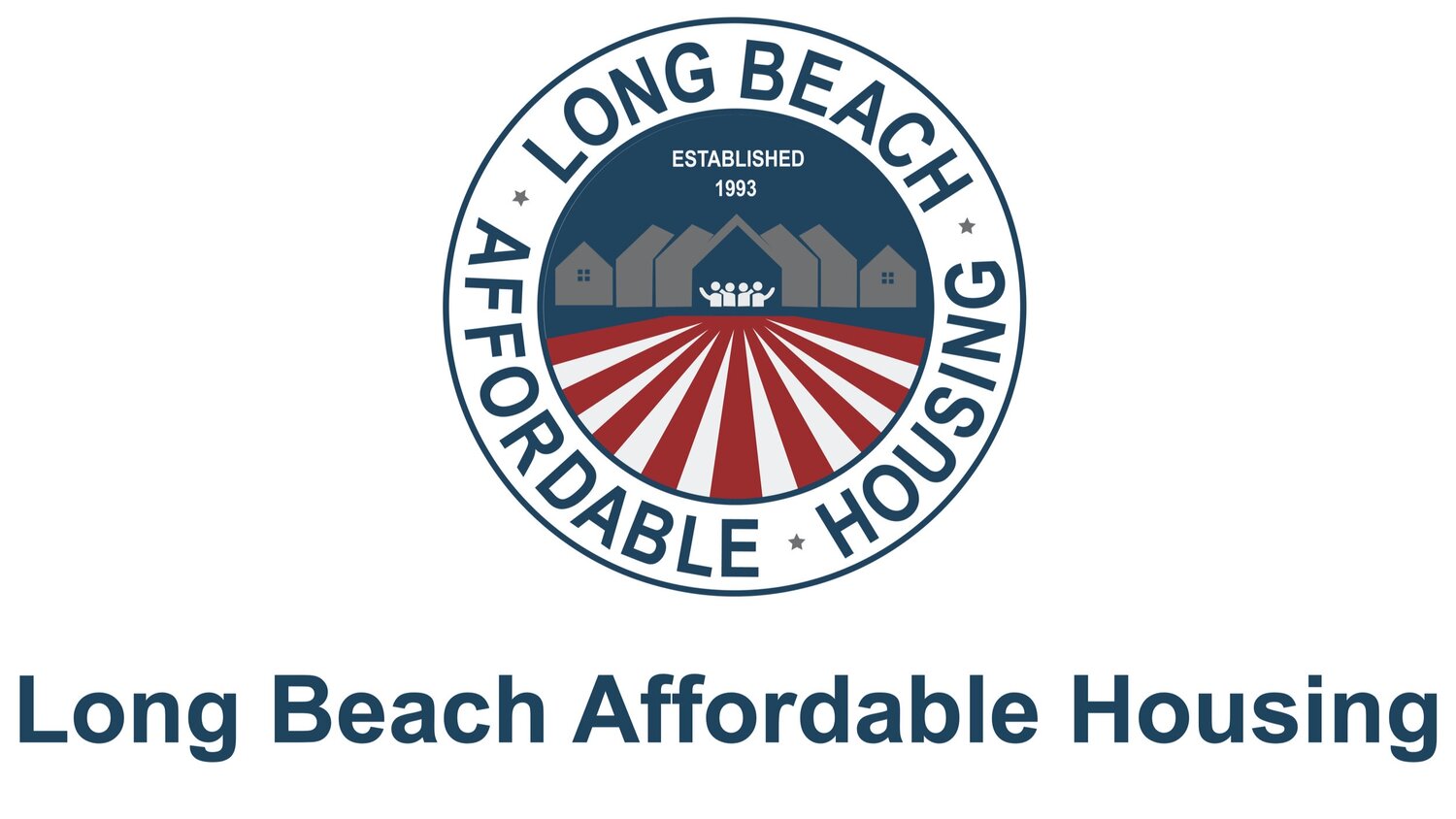About LBAHC
LBAHC works in community development, the creation of employment opportunities and the creation of new stakeholders in our communities. We are dedicated to the preservation, restoration and development of quality workforce housing.
Mission
The mission of Long Beach Affordable Housing Coalition (LBAHC) is transforming communities by expanding affordable housing and innovative opportunities.
Vision
Sustainable, proud and vibrant communities.
LBAHC is a Community Development Corporation (CDC).
About CDCs
We are nonprofit, community-based organizations focused on revitalizing the areas in which they are located, typically low-income, underserved neighborhoods that have experienced significant disinvestment. While we basically develop affordable housing, we also focus on initiatives critical to community health such as economic development, sanitation, streetscaping, and neighborhood planning projects, and even provide education and social services to neighborhood residents.
We play a critical role in building community wealth for several key reasons:
We anchor capital in communities by developing residential and commercial property, ranging from affordable housing to shopping centers and even businesses.
Our board is typically composed of community residents, allowingdirect, grass-roots participation in decision-making.
We work to enhance community conditions oftentimes involves neighborhood organizing, a process critical for empowering residents and gaining political power.
Like other CDC's we were motivated to action following a tour of Brooklyn’s marginalized Bedford-Stuyvesant neighborhood in 1966, and Senator Robert Kennedy proposed supporting CDCs to catalyze community-based physical, economic, and social programs aimed at improving neighborhood conditions. Believing in the model’s potential, the Ford Foundation and federal government invested millions each in such organizations—investments that enabled these enterprises to flourish across the country as people sought new ways to fight urban poverty.
LBAHC Housing History
Established in 1993, Long Beach Affordable Housing Coalition (LBAHC) is a community-based non-profit Community Development Corporation. LBAHC is approved by the IRS as a 501(c)(3) charitable non-profit organization. LBAHC began with little funds and no offices and is now the stewards more than 20
desirable, affordable housing in Los Angeles County.
In 1994 we completed our first property acquisitions, Beachwood Terrace and Cambridge Place, both in Long Beach. The apartment buildings were vacant, partially constructed condominiums that were not completed. LBAHC redesigned and developed them by receiving tax credits, forming limited partnerships, raising project equity and securing permanent financing. These projects, among the first of their kind in California, are being maintained and operated today as models of low-income affordable housing.
In 1995 the City of Long Beach recognized our non-profit as a Community Housing Development Organization (CHDO).
In 1996, LBAHC participated in HUD’s LIHPRHA program and subsequently sponsored and formed seven non-profit sole asset corporations, thereby acquiring 97 units of “at-risk” housing that needed to major improvements.
In 1998 we acquired and converted a 47-unit apartment building on 8th Street in the downtown area of Long Beach by receiving funding support from the California Housing Finance Agency (CalHFA) in the form of new bond financing.
As of 2004 LBAHC had grown to its current size after having acquired 21 apartment buildings containing over 480 units of affordable housing. Those properties are in the cities of Long Beach (4), Los Angeles (4), Carson, Compton, Lynwood (2), Downey, Paramount (4), Cudahy, Torrance and Inglewood.
Throughout our history LBAHC has been led by an all-volunteer Board of Directors, which is responsible for providing community input and guidance for the Executive Director, who is responsible for the day-to-day operation and management of the corporation. The composition of the LBAHC Board of Directors shall at all times include at least one third membership of residents of low-income community residents.

